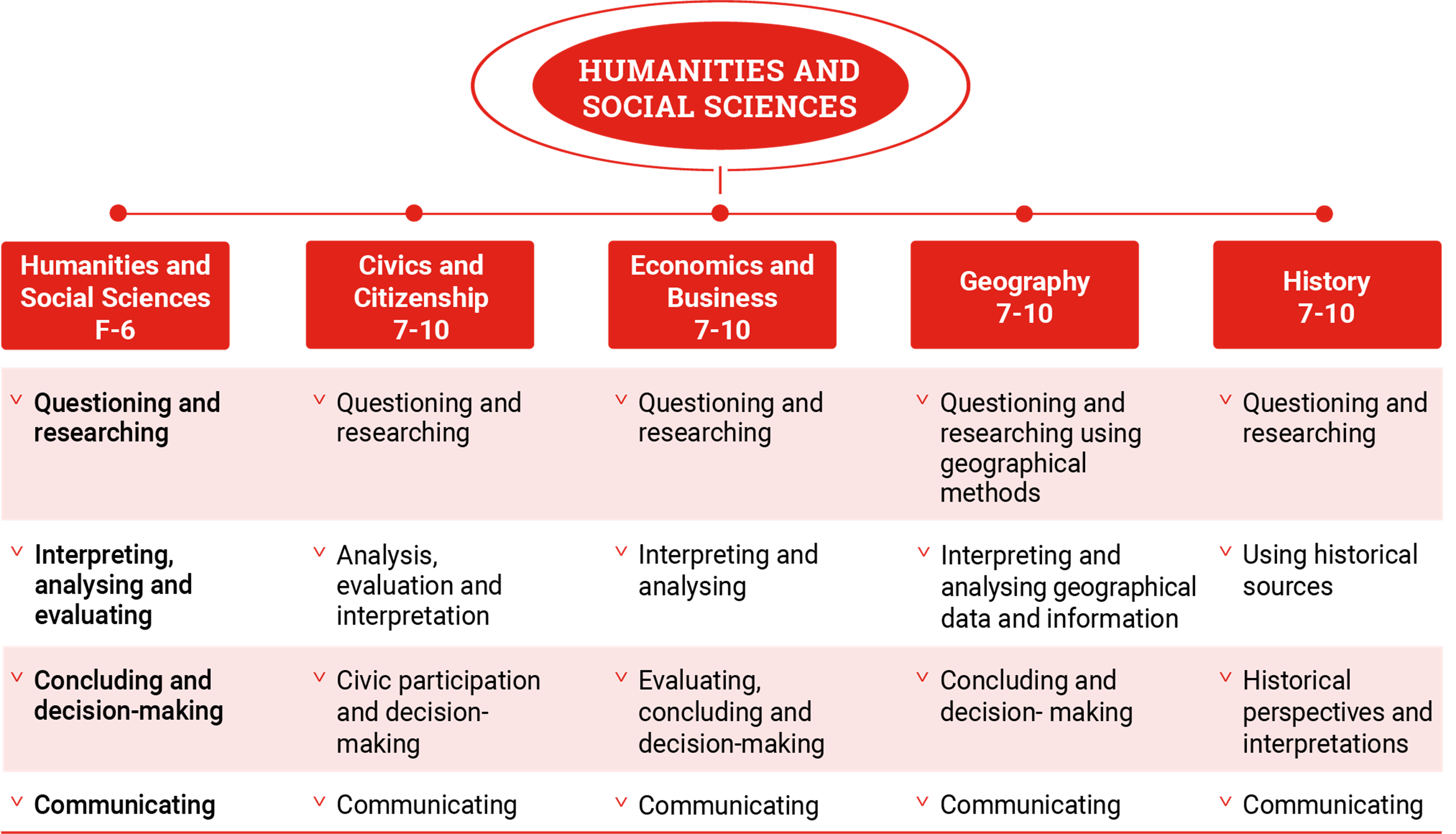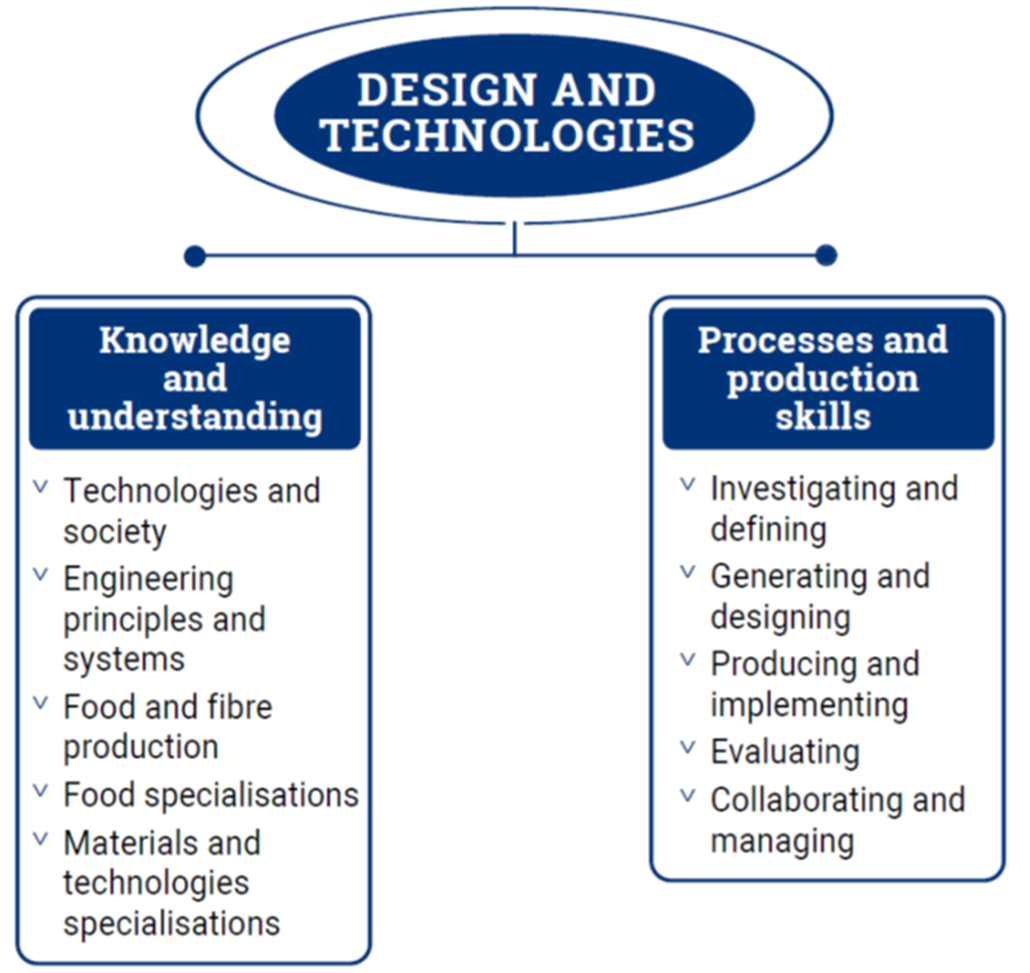At Flagstone State School, students participate in a range of learning areas. Teachers design curriculum around engaging, real-life and relevant issues and challenges that are meaningful for students and society. This means drawing on First Nations' perspectives and responding through a 21st Century lens to become successful learners who are confident and creative individuals that are active and informed citizens. In response to this, the five main elements of our curriculum are:
English
The study of English is central to the learning and development of all young Australians. It helps create confident communicators, imaginative thinkers and informed citizens. It is through the study of English that individuals learn to analyse, understand, communicate and build relationships with others and with the world around them. The study of English plays a key role in the development of reading and literacy skills which help young people develop the knowledge and skills needed for education, training and the workplace. It helps them become ethical, thoughtful, informed and active members of society.

Maths
The study of mathematics is central to the learning, development and prospects of all young Australians. Mathematics provides students with essential mathematical knowledge, skills, procedures and processes in number, algebra, measurement, space, statistics and probability. It develops the numeracy capabilities that all students need in their personal, work and civic lives, and provides the fundamentals on which mathematical specialties and professional applications of mathematics are built.

Science
Science is a dynamic, collaborative and creative human endeavour arising from our desire to make sense of our world. Science provides opportunities for students to develop an understanding of important science concepts and processes, the practices used to develop scientific knowledge, of science's contribution to our culture and society, and its applications in our lives. It provides an understanding of scientific inquiry methods, a foundation of knowledge across the disciplines of science, and develops an ability to communicate scientific understanding and use evidence to solve problems and make evidence-based decisions. The curriculum supports students to develop the scientific knowledge, understandings and skills to make informed decisions about local, national and global issues and to participate, if they so wish, in science-related careers.

Humanities and Social Sciences
The Humanities and Social Sciences are the study of human behaviour and interaction in social, cultural, environmental, economic, business, legal and political contexts. This learning area has a historical and contemporary focus, from personal to global contexts, and considers the challenges that may occur in the future. It plays an important role in assisting students to understand global issues, and building their capacity to be active and informed citizens who understand and participate in the world.

Design and Technologies
In an increasingly technological and complex world, it is important to develop knowledge and confidence to critically analyse and creatively respond to design challenges. Design and Technologies enables students to become creative and responsive designers. When students consider ethical, legal, aesthetic and functional factors and the economic, environmental and social impacts of technological change, and how the choice and use of technologies contributes to a sustainable future, they are developing the knowledge, understanding and skills to become discerning decision-makers.
Design and Technologies engages students in creating quality designed solutions for identified needs and opportunities across a range of technologies contexts. Students manage projects independently and collaboratively from conception to realisation. They apply design and systems thinking and design processes to investigate, generate, evaluate, iterate and improve design ideas, processes and solutions. They plan and produce (make) designed solutions. They develop a sense of pride, satisfaction and enjoyment from their ability to design and produce innovative designed products, services and environments.

Within the Australian Curriculum, students also receive explicit teaching in Digital Technology, Health and Physical Education, The Arts including Visual Arts, Media Arts, Music, Drama and Dance and Language other than English (LOTE - Japanese) - from specialist teachers.
Complimenting these learning areas include Drama Club, Spanish Cultural Club, Wellbeing Club, Basketball Club, Guitar Club, Japanese Cultural Club, Choir, and Indigenous Club.